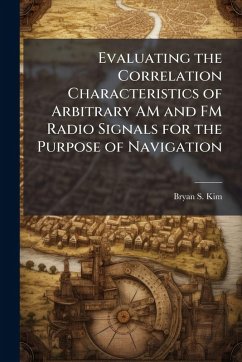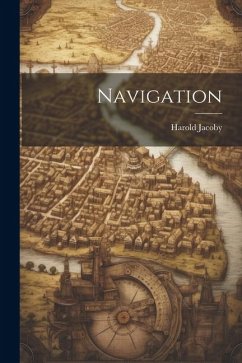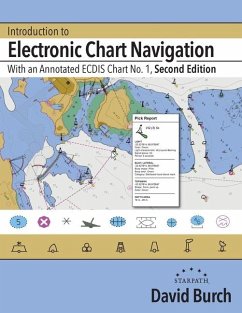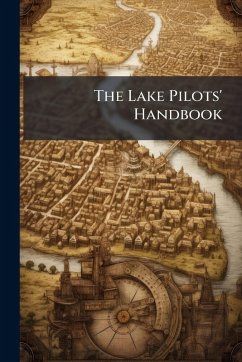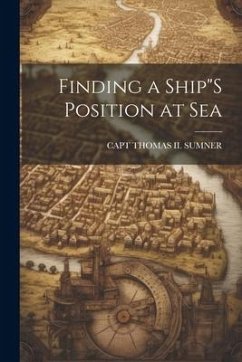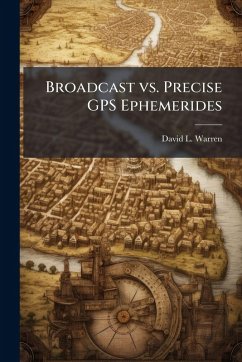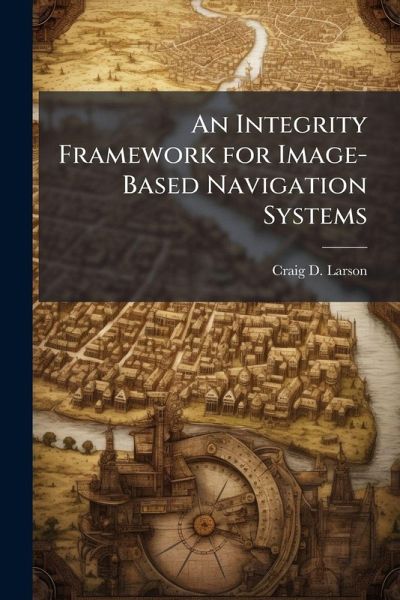
An Integrity Framework for Image-Based Navigation Systems

PAYBACK Punkte
10 °P sammeln!
This work first examines fundamental differences between measurement models established for GPS and those of proposed image-based navigation systems. In contrast to single value per satellite GPS pseudorange measurements, image measurements are inherently angle-based and represent pixel coordinate pairs for each mapped target. Thus, in the image-based case, special consideration must be given to the units of the transformations between the states and measurements, and also to the fact that multiple rows of the observation matrix relate to particular error states. An algorithm is developed to i...
This work first examines fundamental differences between measurement models established for GPS and those of proposed image-based navigation systems. In contrast to single value per satellite GPS pseudorange measurements, image measurements are inherently angle-based and represent pixel coordinate pairs for each mapped target. Thus, in the image-based case, special consideration must be given to the units of the transformations between the states and measurements, and also to the fact that multiple rows of the observation matrix relate to particular error states. An algorithm is developed to instantiate a framework for image-based integrity analogous to that of GPS RAIM. The algorithm is applied cases where the navigation system is estimating position only and then extended to cases where both position and attitude estimation is required. Detailed analysis demonstrates the impact of angular error on a single pixel pair measurement and comparisons from both estimation scenario results show that, from an integrity perspective, there is significant benefit in having known attitude information. Additional work demonstrates the impact of pixel pair measurement relative geometries on system integrity, showing potential improvement in image-based integrity through screening and adding measurements, when available, to the navigation system solution. This work has been selected by scholars as being culturally important, and is part of the knowledge base of civilization as we know it. This work was reproduced from the original artifact, and remains as true to the original work as possible. Therefore, you will see the original copyright references, library stamps (as most of these works have been housed in our most important libraries around the world), and other notations in the work. This work is in the public domain in the United States of America, and possibly other nations. Within the United States, you may freely copy and distribute this work, as no entity (individual or corporate) has a copyright on the body of the work. As a reproduction of a historical artifact, this work may contain missing or blurred pages, poor pictures, errant marks, etc. Scholars believe, and we concur, that this work is important enough to be preserved, reproduced, and made generally available to the public. We appreciate your support of the preservation process, and thank you for being an important part of keeping this knowledge alive and relevant.



